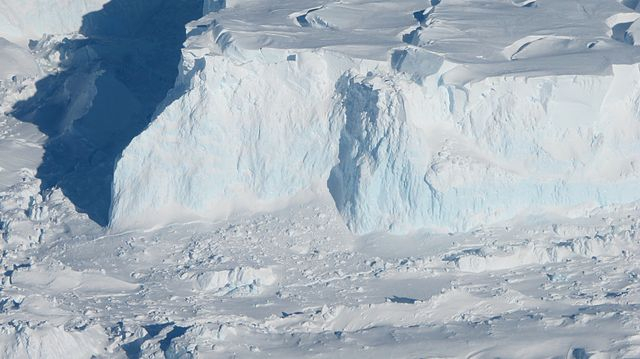The Georgia Tech researcher, Britney Schmidt from the Antarctic research station has initiated an exploration programme to unveil the truth behind extraterrestrial life on earth. The researchers started testing a drone called Icefin, which was built to explore the extreme ecosystems, hidden beneath a thick layer of ice in Antarctica.
As per the researchers, the Icefin technology is actually developed to search for alien lives, which is also called 'bug hunt'. Earlier it was also revealed that by 2030, the Icefin will also be used in the icy water of Jupiter's moon Europa.
The underwater robot has gone under Antarctica's Thwaites Glacier, which is roughly the size of Florida and found unusually warm temperatures there. The glacier is also known as "Doomsday Glacier" because it is one of Antarctica's fastest melting glaciers. But the surprising fact is the area where the glacier meets the sea, are more than 3.6 degrees Fahrenheit above the normal freezing temperature.

Unusual warm water
The scientists dropped the torpedo-shaped Icefin through a 2,300-foot-deep hole which they drilled to conduct the study below the glacier. Schmidt, lead scientist for Icefin mentioned that for the first time, the research team could drive miles under the ice to measure and map processes which were unreachable and they became the first team to look at the grounding zone, which is the area where the underside of the glacier meets the seawater beneath it.
The team, Melting at Thwaites, let the Icefin swim over a mile to the grounding zone and took measurements as well as understood the temperatures and the changing landscape in Antarctica.
A lead researcher on the expedition and director of the Environmental Fluid Dynamics Laboratory at New York University, David Holland told the Chicago Tribune that "Warm waters in this part of the world, as remote as they may seem, should serve as a warning to all of us about the potential dire changes to the planet brought about by climate change."
Thwaites Glacier
As per the scientists, the glacier is melting at an increasingly fast rate and the Georgia Tech reported that it has already accounted for about four percent of global sea-level rise, which is very dangerous for the coastal regions.
Keith Nicholls, an oceanographer with the British Antarctic Survey and the United Kingdom leader of the MELT team revealed that the new data which they collected from the recent study will provide a new perspective of the processes taking place so that the researchers would be able to predict future change with more certainty.
While conducting the study the team of experts which included 100 researchers from the US and UK captured footage under the ice sheet for the first time. Check out the video here:









